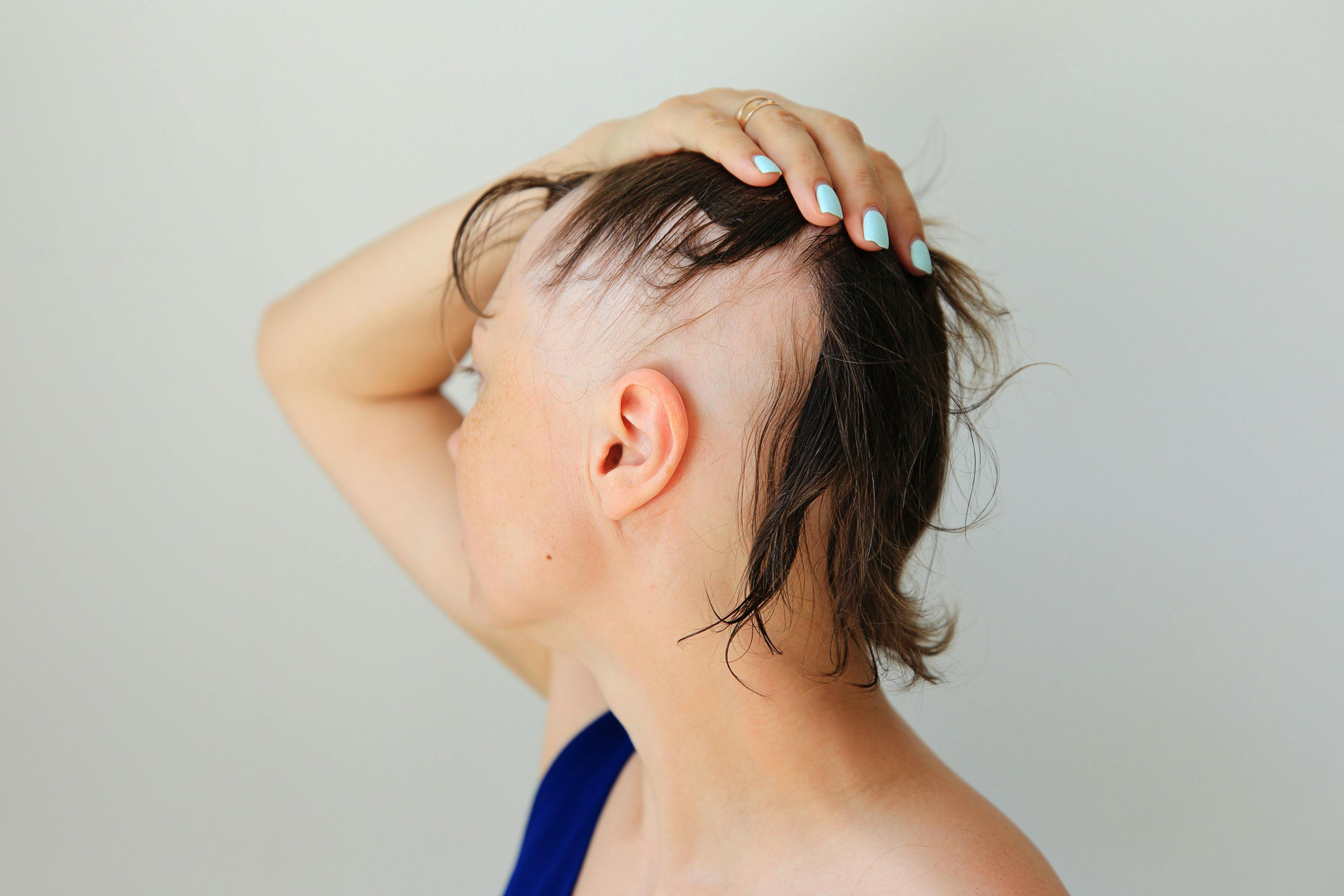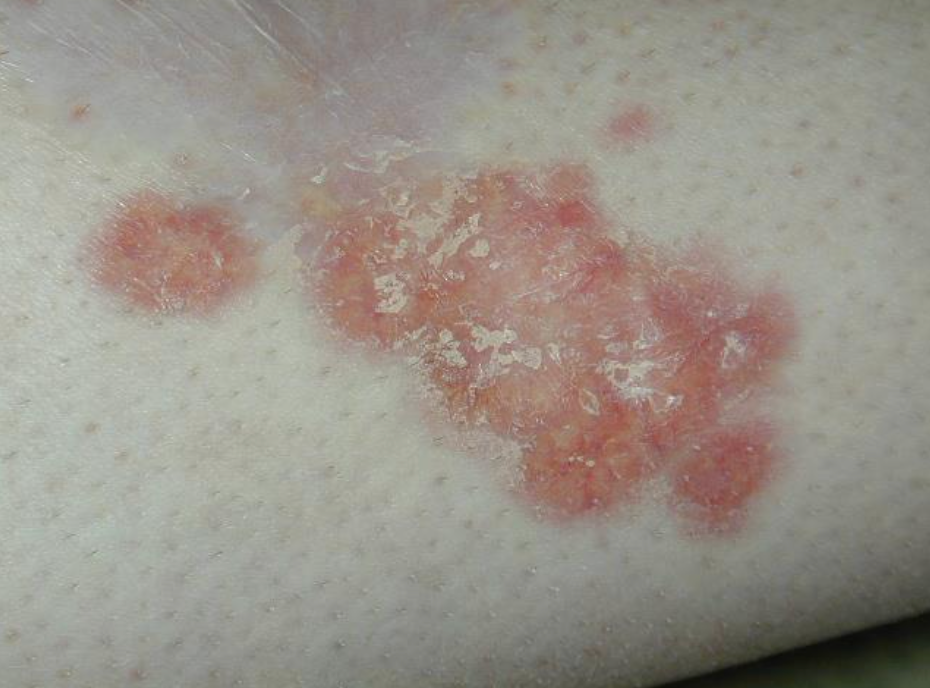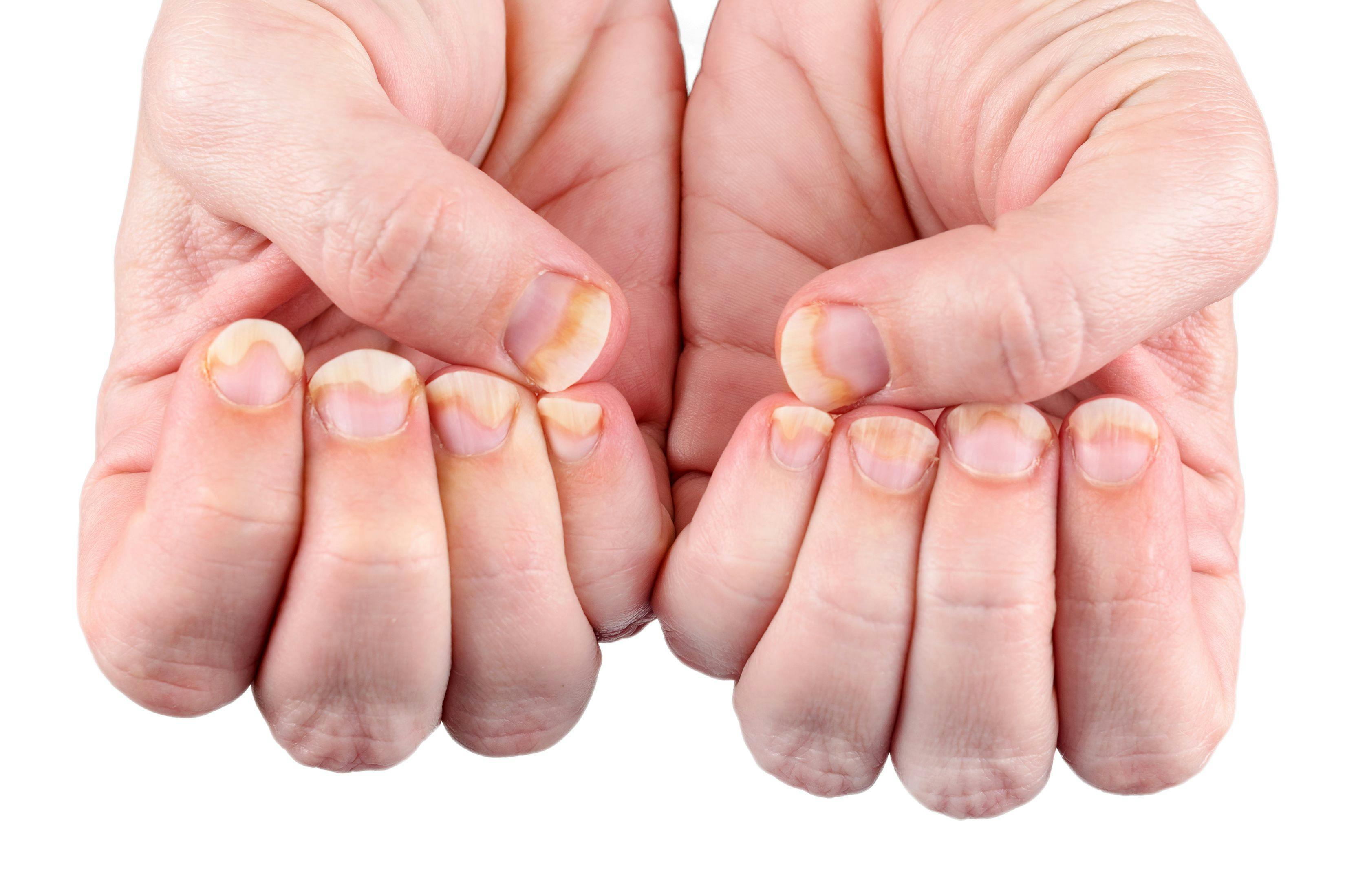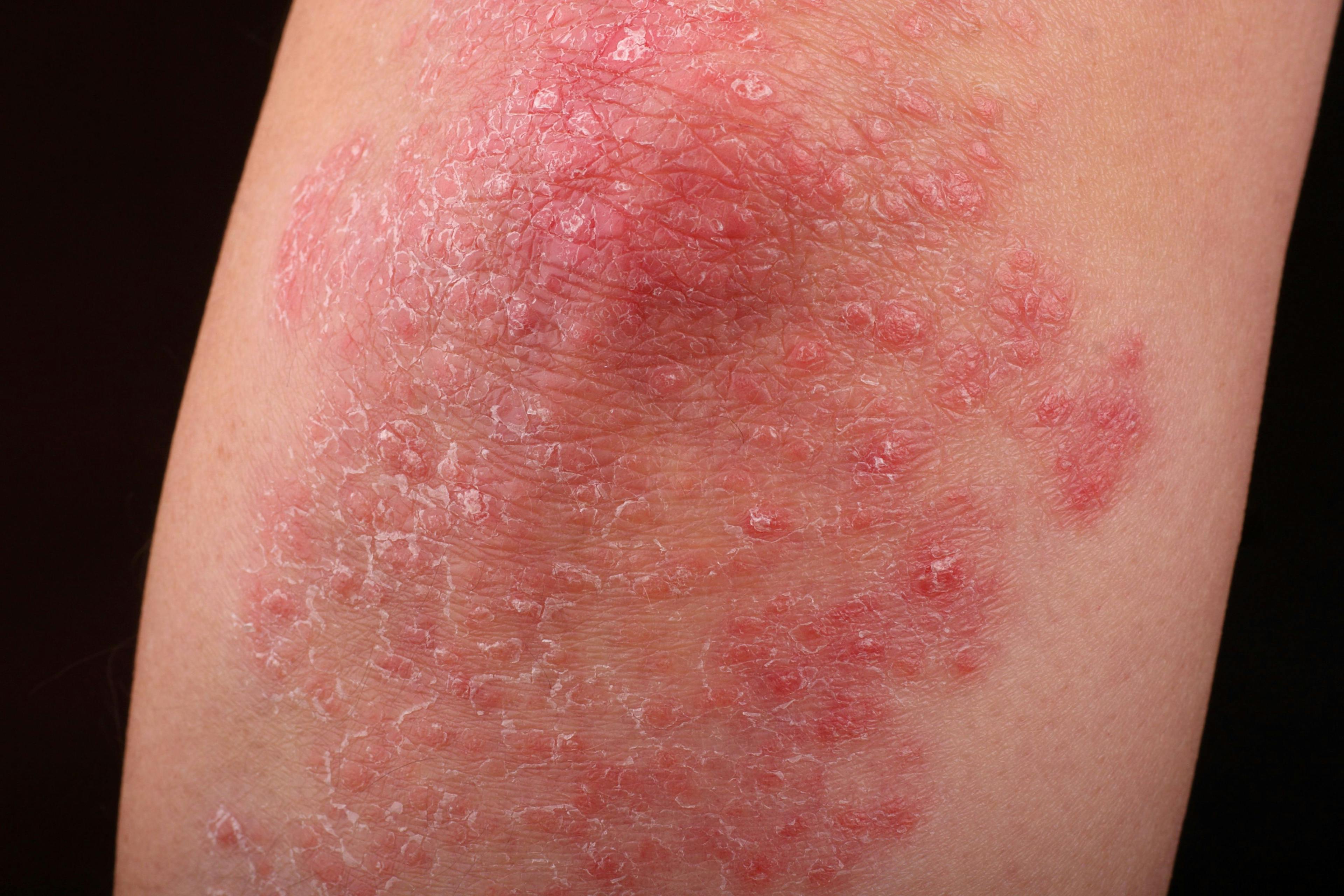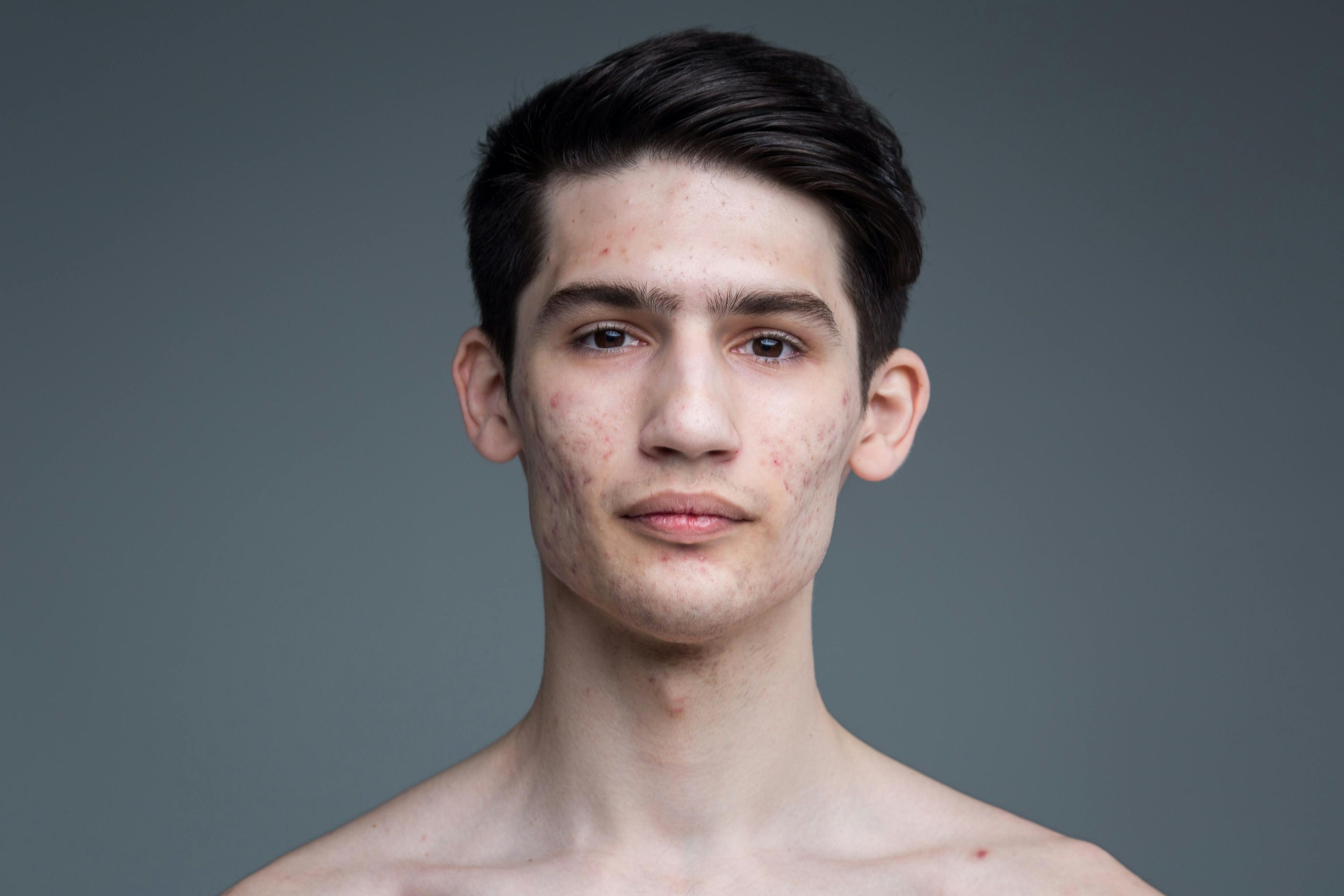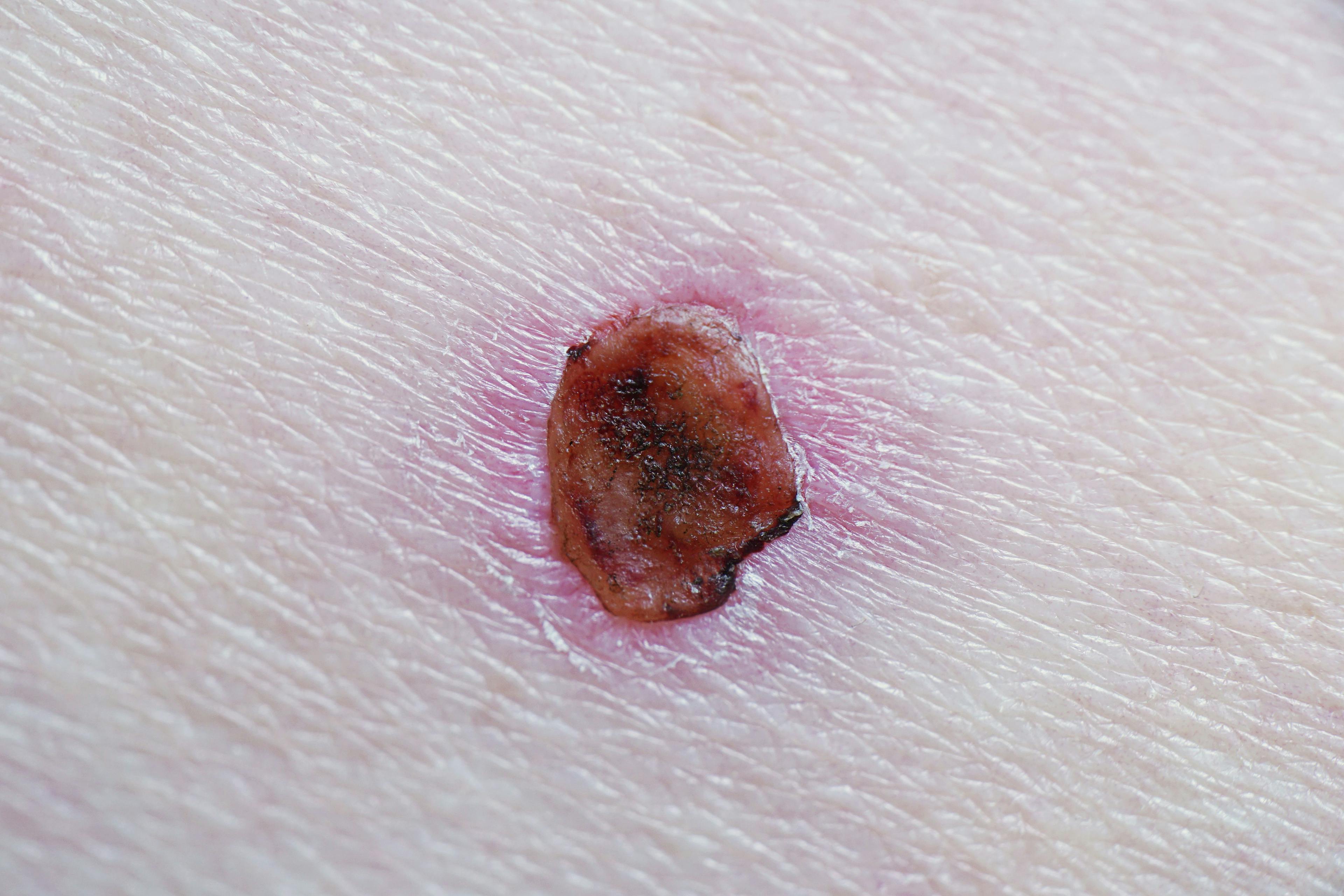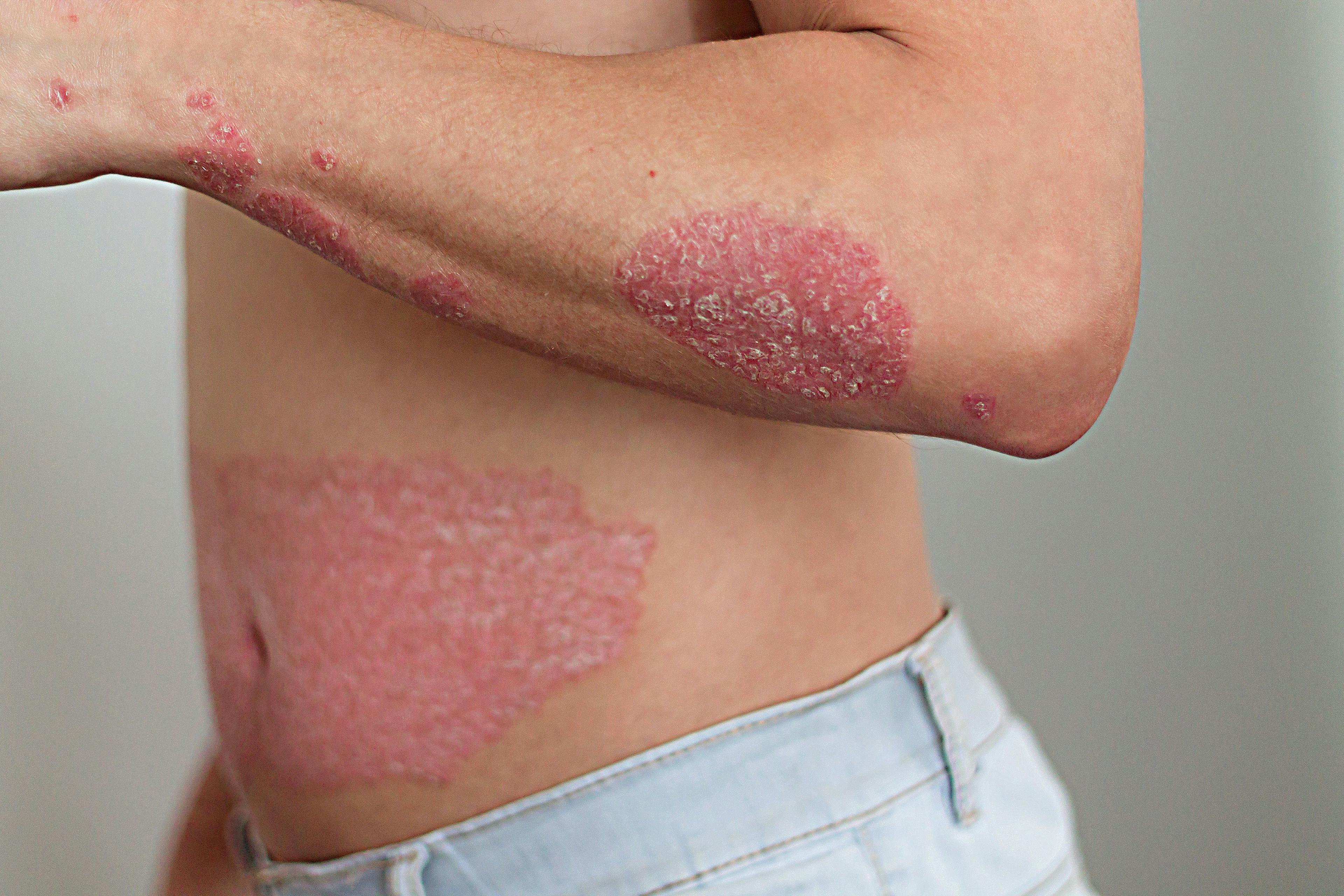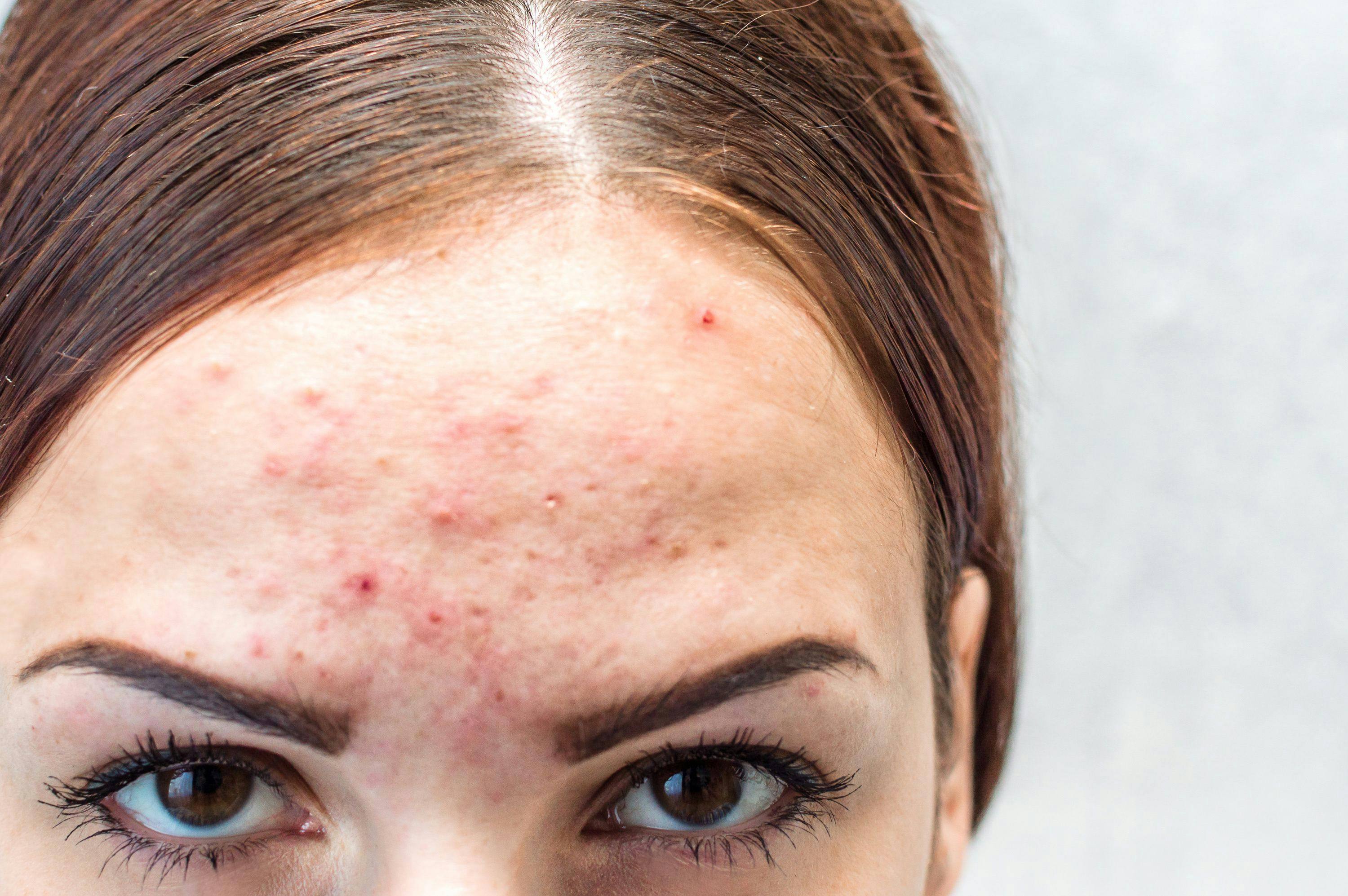- Acne
- Actinic Keratosis
- Aesthetics
- Alopecia
- Atopic Dermatitis
- Buy-and-Bill
- COVID-19
- Case-Based Roundtable
- Chronic Hand Eczema
- Chronic Spontaneous Urticaria
- Drug Watch
- Eczema
- General Dermatology
- Hidradenitis Suppurativa
- Melasma
- NP and PA
- Pediatric Dermatology
- Pigmentary Disorders
- Practice Management
- Precision Medicine and Biologics
- Prurigo Nodularis
- Psoriasis
- Psoriatic Arthritis
- Rare Disease
- Rosacea
- Skin Cancer
- Vitiligo
- Wound Care
Publication
Article
Dermatology Times
The Dx and Rx of Congenital Malalignment Syndrome in Children
Author(s):
Congenital malalignment syndrome is a nail disorder caused by the lateral rotation of the nail matrix.
Congenital malalignment syndrome or congenital malalignment of the great toes is a dystrophic nail disorder caused by the lateral rotation of the nail matrix. The malalignment results in altered growth of the nail plate that is not directed along the major axis of the distal phalanx.1 Clinical appearance presents as lateral deviation of the nail plate, nail plate thickening, nail discoloration (brown, black, green-brown, yellow), transverse grooves across the nail, and frequently only involving the great toes.1,2
Complications of the disorder include acute/chronic paronychia, onychogryphosis (hypertrophy of nail), onycholysis (detachment of the nail from bed), onychomadesis (shedding of a large portion of the nail), onychocryptosis (ingrown nail), hyperkeratosis (increased scaling of the nail bed), brachyonychia (short nail), and discoloration of the nail plate.1-3 Variations in the condition include medial deviation, the involvement of other toes and fingers, and single toe involvement.
The disorder is generally present at the time of birth. However, in individuals with minimal deviation, clinical manifestations may not be apparent until a child is older or when he or she begins to experience repetitive microtraumas or mechanical stress to the toenail from tight shoes, activities, and sports.1,3
The etiology and pathogenesis of congenital malalignment are debated in the literature. Etiology is thought to be due to autosomal dominant genetic factors, extrinsic factors including constriction of toes by amniotic bands, increased intrauterine pressure, vascular abnormalities during fetal life, or a combination of genetically determined malalignment plus superimposed cumulative effects of postnatal trauma.1,4 Pathological features are discussed as increased tension of the extensor tendon of the hallux, and desynchronization in growth between the nail and the distal phalanx of the hallux, resulting in larger nail plates.1,2
The treatment of congenital malalignment is based on the degree of deviation. Spontaneous improvement may occur in half patients before age 10 years.2-4 Conservative treatment in an individual with minimal deviation involves managing complications and wearing proper-fitting, comfortable footwear.2,5 Severe deviations may call for surgery to align the nail matrix and nail plate, and positional correction or elongation of the extensor tendon of the hallux.2 Nail matrixectomy is an option for those who would tolerate the cosmetic deficit.1,5
References:
1. Catalfo P, Musumeci ML, Lacarrubba F, Dinotta F, Micali G. Congenital malalignment of the great toenails: a review. Skin Appendage Disord. 2018;4(4):2 30-2 35. doi:10.1159/000484943
2. Batalla A, Curto JR. Congenital malalignment of the great toenail. Report of two cases. Dermatol Online J. 2014;20(1):21251.
3. Pollack K, Zlotoff B, Wilson B. Hyperkeratosis and discoloration of the toenails in an 8-year old. J Pediatr. 2017;189:233. doi:10.1016/j.jpeds.2017.05.059
4. Ҫayirli M, Parlak N, Parlak A, Ӧzenҫ S. Congenital malalignment of the great toenails. J Turk Acad Dermatol. 2016;10(1):16101l1. doi:10.6003/jt ad.16101I1
5. Decker A, Scher RK, Avarbock A. Acquired congenital malalign-ment of the great toenails. Skin Appendage Disord. 2016;1(3):147-149. doi:10.1159/000441391

Newsletter
Like what you’re reading? Subscribe to Dermatology Times for weekly updates on therapies, innovations, and real-world practice tips.

